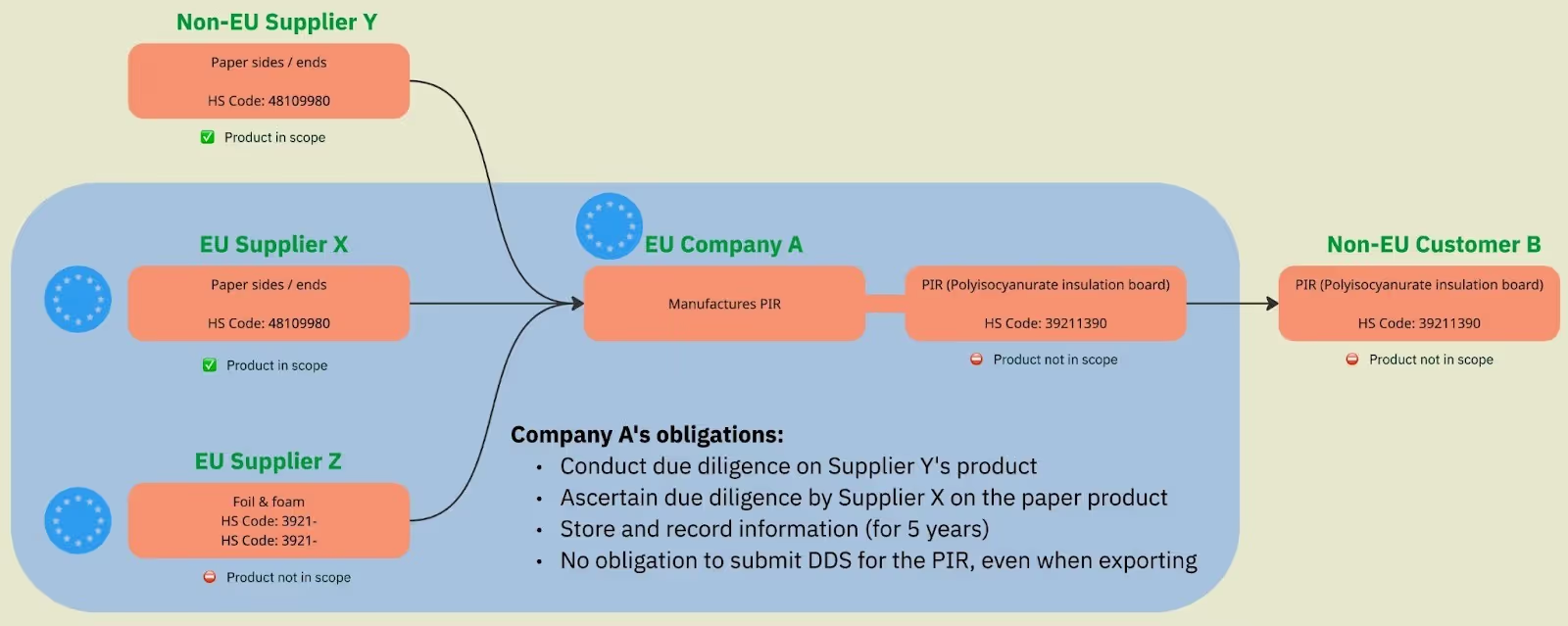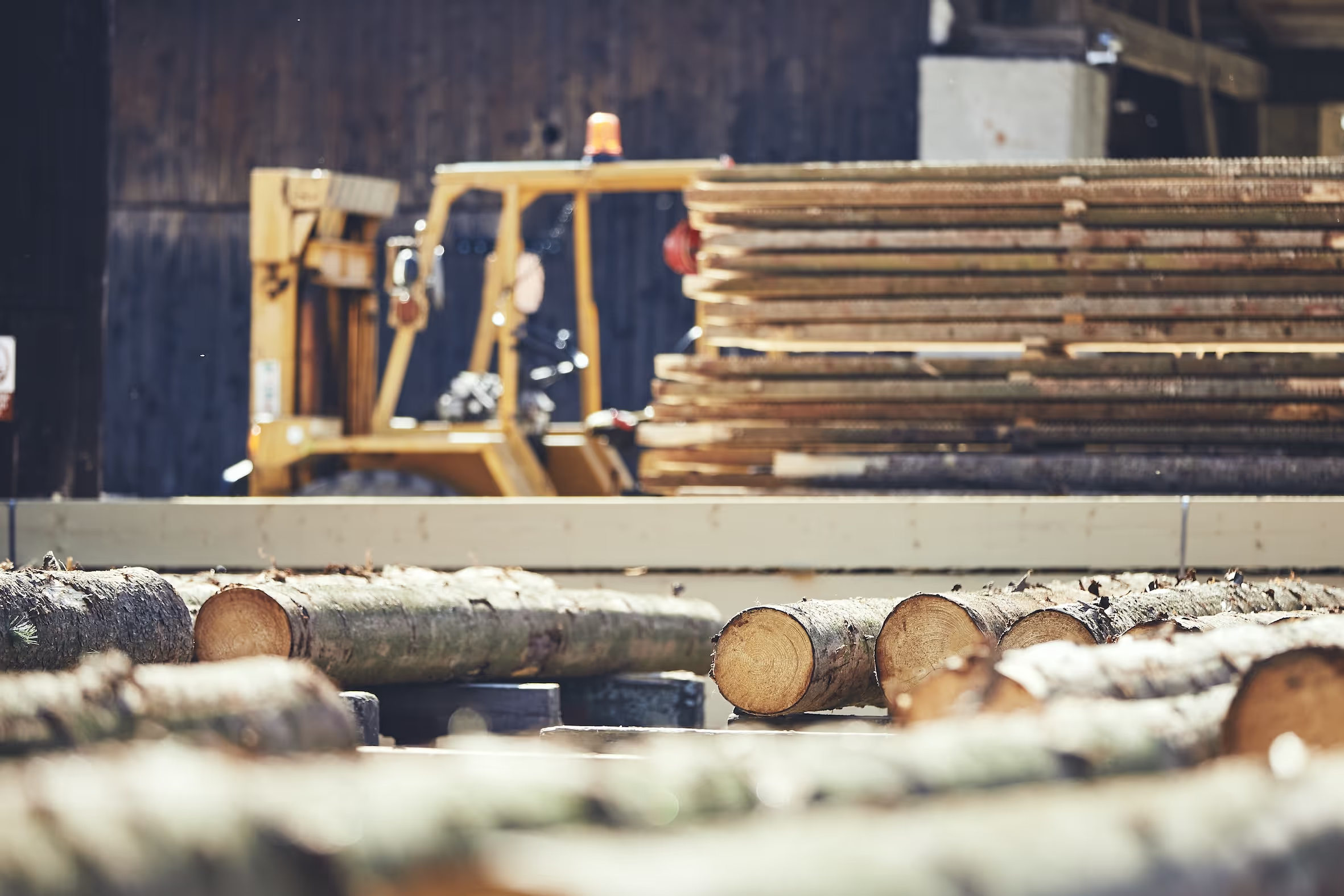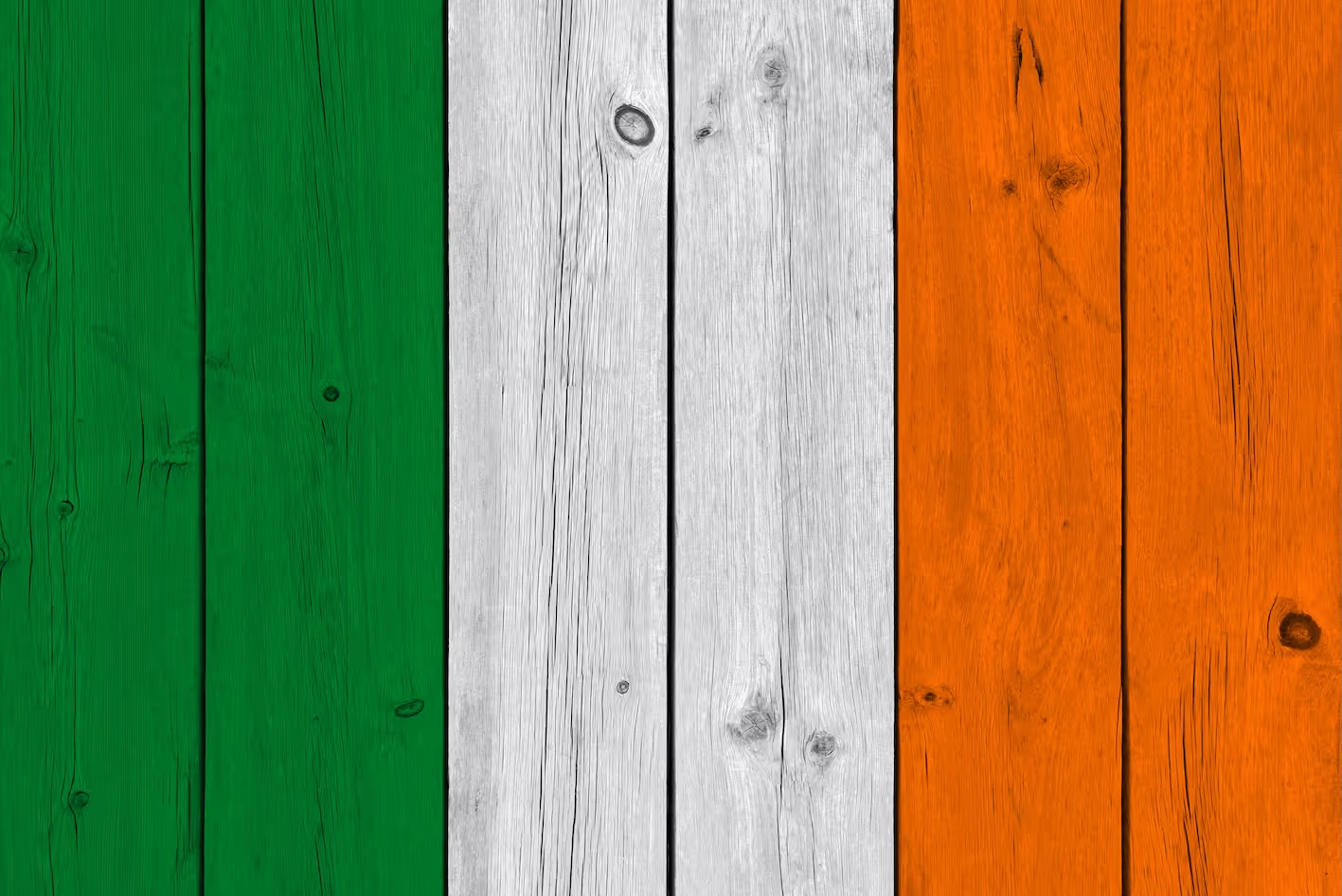The EU Deforestation Regulation (EUDR) is now in force, and with enforcement approaching in December 2025, there are still some businesses asking one of the most fundamental questions: Do my products fall in scope?
This is not always straightforward. The regulation applies to products linked to certain commodities, but there are common misunderstandings around how “composite products,” recycled materials, or even packaging are treated. In this blog, we’ll unpack what the EUDR means by in-scope products, highlight areas where companies often get caught out, and provide practical guidance if you’re unsure.
Who Needs to Check?
The regulation applies directly to any EU company importing, processing, or exporting products made from coffee, cocoa, rubber, palm oil, soy, wood products, cattle (and derived products). And of course it impacts companies whose products end up being sold in the EU further downstream.
Crucially, when it comes to being the first company placing the products on the EU market,there are no exemptions based on company size, product value, or product volume. Whether you are a small SME or a multinational, you are responsible for compliance.
If you’re just starting your EUDR journey or want to double check assumptions about your supply chain, understanding scope is your first step.
Using Annex 1: The Key Reference
The official source of truth is Annex 1 of the EUDR, which lists in-scope products using Combined Nomenclature (CN) codes.
- CN codes are the EU’s 8-digit version of global HS (Harmonised System) codes.
- They combine global HS codes with two extra digits to reflect EU-specific categories.
- Annex 1 has not changed since publication in 2023 (aside from some clarifications), but the regulation states commodities will be reviewed within two years of entry into force (so likely during the first year of enforcement).
If you’re unsure, the process is simple:
- Find out the HS codes your products enter or leave the EU on.
- Check if the first four digits are included in Annex 1.
- Remember: “ex” means extracts of, not excluded.

Tip: Do not rely on generative AI to check codes - popular tools have been tested and are not consistently reliable. Always go back to the regulatory text.
Examples in Practice:
- Example 1: PIR Board
- PIR insulation board carries CN code 39211390 (plastics). This code is not listed in Annex 1, so PIR boards are not in scope.
- Refer to FAQ 2.2
- Example 2: Paper in PIR Manufacturing
- Paper sides used in PIR production carry CN code 48109980 (blotting papers). This is listed in Annex 1. Therefore, the paper inputs are in scope when they are purchased in the EU in order to produce the insulation boards, even though the finished PIR product is not.

These nuances highlight why scope cannot be assumed.
What About Composite Products?
The regulation recognises composite products - those made of multiple materials that are in scope of EUDR. These fall into two categories:
- Products not in scope (not listed in Annex 1), even if they use raw materials that are in scope. Example: PIR board.
- Products in scope that combine multiple materials, some of which are EUDR commodities. Example: a leather-bound paper notebook or a chocolate bar.
In the second case, FAQ 1.3 clarifies that due diligence is required only on the main commodity listed in Annex 1.
Common Misunderstandings
Businesses often stumble over recurring misconceptions. Here are some of the most important:
1. Samples, Rented Goods & Private Use
- A Delegated Act has been drafted by the EC proposing samples of negligible value for testing or soliciting orders are not in scope of EUDR (FAQ 2.14).
- Rented goods are also exempt, as no ownership transfer occurs (FAQ 2.15).
- Private use or personal consumption is exempt for individuals, though the supplying organisation may still have obligations (FAQ 2.10).
2. Recycled Materials
- Products made from 100% recycled material are exempt but require proof of traceability. Use exemption code Y133 on customs declarations.
- Products made of mixed recycled and virgin material require due diligence on the virgin portion.
3. Packaging & Pallets
- Packaging is only in scope when sold as a standalone product (e.g. boxes, envelopes).
- When used purely as protective covering around another product, it is not in scope.
- Letters and correspondence do not require due diligence, unless the contents themselves are in-scope products being placed on the market.
4. Supplier Codes vs Importer Codes
Your responsibility is tied to the CN/HS code under which you import products into the EU. Even if a supplier lists a different code, you are accountable for ensuring accuracy.
What to Do If You’re Unsure
If you’re still uncertain, don’t guess. At Interu, we offer free consultations on whether your products fall under scope. Get in touch with us here.
Alternatively, your national Competent Authority can confirm scope - they are the regulators tasked with enforcement.
Final Thoughts
Determining whether products are in scope of the EUDR is not always black and white. Between composite products, recycled materials, packaging, and supplier coding, it’s easy to misinterpret requirements. But by grounding your approach in Annex 1, double-checking CN codes, and seeking expert advice where needed, you can avoid costly mistakes.
At Interu, we’re here to make compliance clearer, faster, and more practical so your business can focus on growth while meeting the EU’s sustainability standards.





